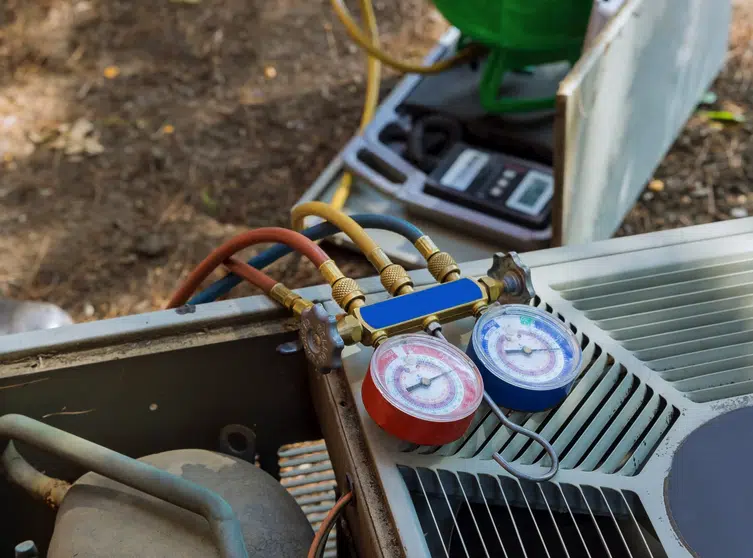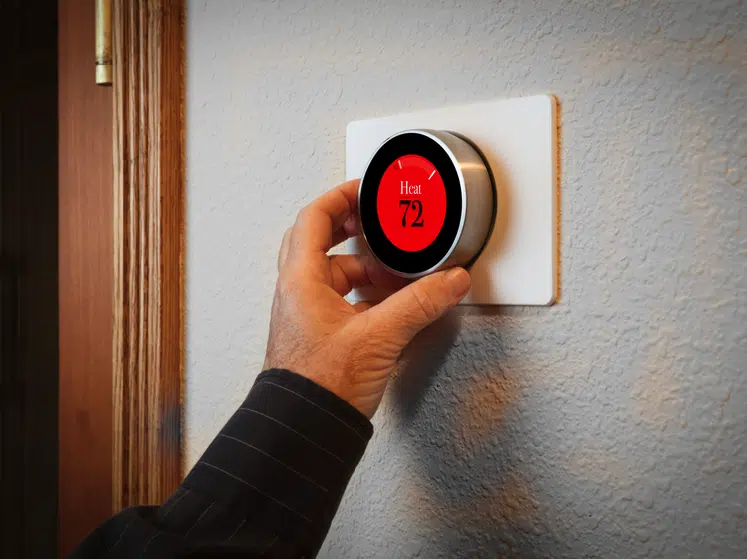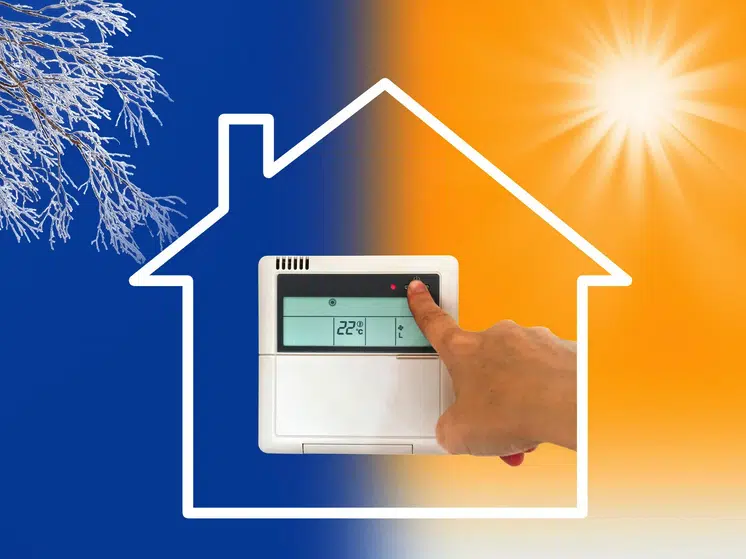A reliable heating and cooling system is essential for maintaining comfort and energy efficiency in homes and businesses across North America. But like all mechanical systems, HVAC (Heating, Ventilation, and Air Conditioning) units can deteriorate over time. Recognizing the signs of a failing system early can help prevent costly breakdowns, improve air quality, and lower energy bills. This guide highlights five key warning signs to watch for and provides practical advice for addressing each.
1. Inconsistent Temperatures Throughout Your Home
One of the most common indicators of an HVAC system in decline is inconsistent temperatures from room to room. If you notice that one room is stifling hot while another is chilly, your system may no longer be distributing air evenly.
Why This Happens:
- Aging ductwork with leaks or blockages
- Failing thermostats or sensor issues
- An improperly sized HVAC unit
- Obstructed vents or dirty filters
Uneven heating or cooling can result in increased energy use as your system works harder to compensate. In some cases, the root of the issue may be as simple as a clogged air filter or a thermostat in need of recalibration. In others, the system may require professional inspection or replacement.
If you’re facing persistent comfort issues, an expert AC installation service can assess your setup and recommend whether repair or replacement will provide the best results.
2. Rising Energy Bills Without Increased Usage
A sudden spike in your energy bill without any major change in your usage habits is a red flag. While utility rates can fluctuate, consistent increases often point to an inefficient HVAC system.
Common Causes:
- Worn-out components are forcing the system to run longer
- Dirty coils reduce heat exchange efficiency
- Low refrigerant levels in cooling systems
- Air leaks in ducts lead to energy loss
An inefficient system must work harder to maintain your desired temperature, consuming more electricity or gas. To identify whether your system is the culprit, consider comparing your current bills with the same period in previous years. If your usage patterns haven’t changed significantly but your bills have climbed, it’s time for a system tune-up or professional energy audit.
Routine maintenance, such as cleaning evaporator coils, replacing filters, and sealing ductwork, can restore efficiency. However, if the system is 10–15 years old, upgrading to a newer, energy-efficient model may provide long-term savings.

3. Strange Noises or Odours
Modern HVAC systems are engineered to run relatively quietly. While a gentle hum or soft airflow is normal, loud or unusual sounds are not.
Warning Sounds and Their Causes:
- Grinding or squealing: Worn-out bearings or belts
- Banging or clanking: Loose or broken parts
- Whistling: Airflow restriction or duct leaks
- Buzzing: Electrical issues
Odours can also signal trouble. A musty smell might suggest mould in ductwork or a clogged condensate drain. Burning or smoky odours may indicate electrical problems or overheating components.
If you detect these issues, it’s best to shut off the system and call a licensed technician. Continuing to run a malfunctioning unit may damage other components or pose safety risks, especially if electrical faults are involved.
4. Poor Airflow and Weak Output
If your vents are producing little to no airflow, or your system is struggling to maintain temperature even after running for extended periods, it’s a clear sign of a problem. Weak airflow can dramatically reduce comfort and force your system to run longer, leading to premature wear and increased energy consumption.
Likely Causes:
- Blocked or collapsed ductwork
- Dirty filters and clogged coils
- Failing blower motor or fan
- Thermostat calibration issues
One simple way to test airflow is to hold your hand in front of a vent while the system is running. If the air feels faint or lacks force, you may need a professional inspection. Regularly replacing air filters (ideally every 1–3 months) can prevent airflow restrictions. However, if replacing filters doesn’t improve output, internal mechanical failure is likely.
This issue should not be ignored, especially during extreme temperatures. Weak airflow means your system is under stress and at risk of a full breakdown.
5. Frequent Repairs or Constant Running
If you find yourself calling a technician every few months or noticing your HVAC system runs almost nonstop, it may be reaching the end of its useful life. Frequent repairs not only add up in cost but also indicate underlying wear that a patchwork approach can no longer fix.
Signs It’s Time to Replace:
- The unit is more than 12–15 years old
- Repairs are exceeding 50% of the system’s value
- Comfort is declining despite frequent servicing
- The system uses outdated refrigerant (e.g., R-22, now phased out in North America)
Modern HVAC systems are built to last, but they don’t last forever. When repair costs become routine and performance declines, investing in a new system may be the most economical choice. New ENERGY STAR-rated units can reduce energy consumption by up to 20%, helping offset the initial investment through lower monthly bills.

Practical Steps to Take
If you’re experiencing one or more of these signs, here’s a practical approach:
- Start with basic maintenance: Check filters, clear vents, and ensure your thermostat is working.
- Schedule a professional inspection: A licensed HVAC technician can run diagnostics to determine the root cause.
- Track your repair history: Look at how often you’ve needed fixes in the past 12 months.
- Compare repair vs replacement costs: Use the 50% rule — if the repair costs are half the price of a new system, it’s time to upgrade.
- Consider energy-efficient upgrades: If replacement is needed, look for ENERGY STAR-rated systems for long-term savings.
Regular seasonal maintenance can extend the lifespan of your system, improve air quality, and save on utility bills.
Conclusion
Being proactive about HVAC system care is essential for maintaining comfort and avoiding costly emergency repairs. Inconsistent temperatures, higher energy bills, strange noises or smells, poor airflow, and frequent breakdowns are all signs that your heating and cooling system may be failing. Whether your system needs a tune-up or a complete replacement, recognizing the warning signs early allows you to make informed decisions. By addressing issues promptly and seeking professional help when needed, you can ensure your home stays comfortable year-round.

